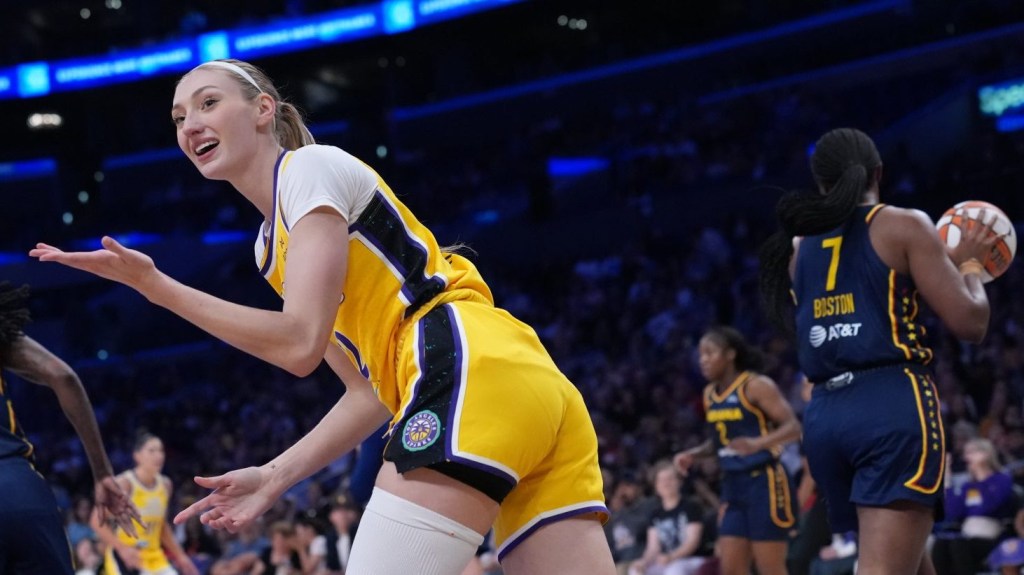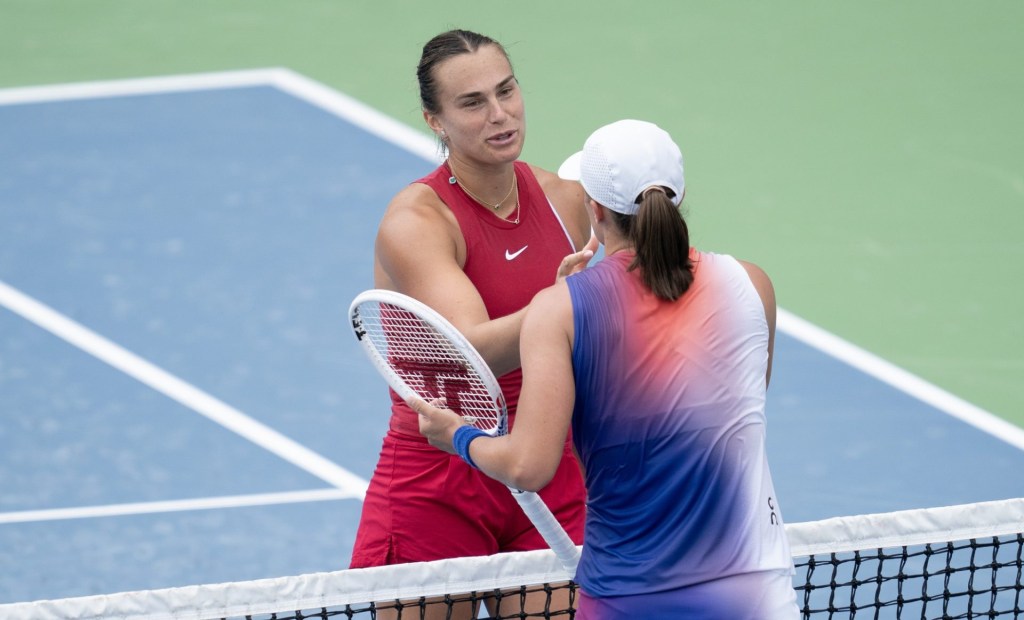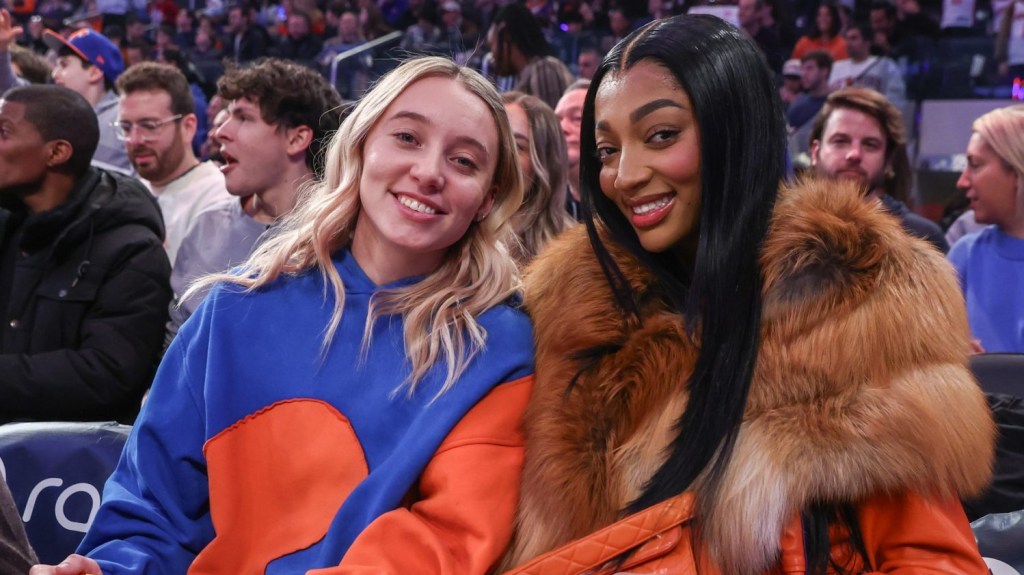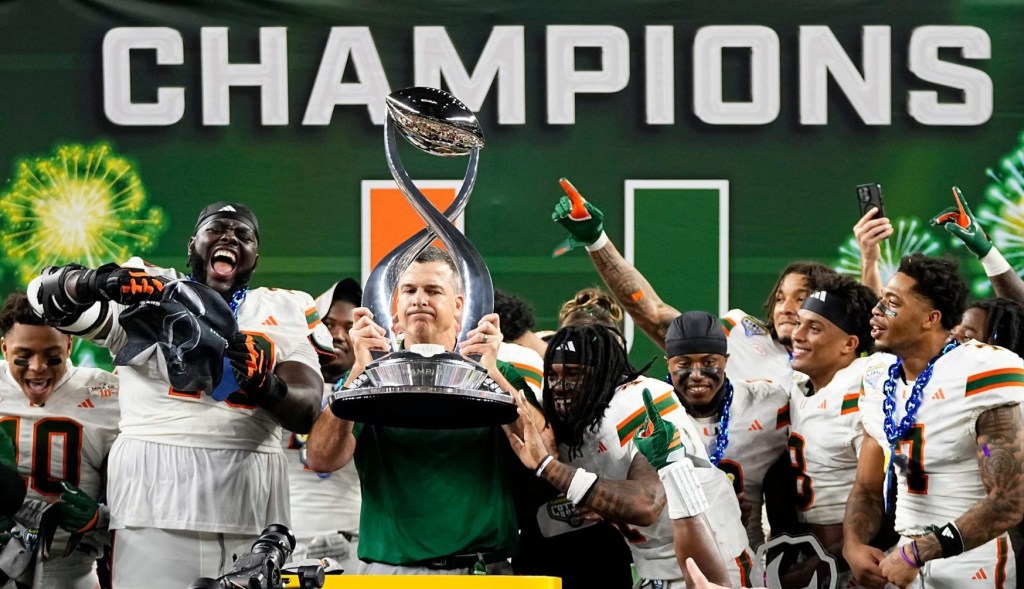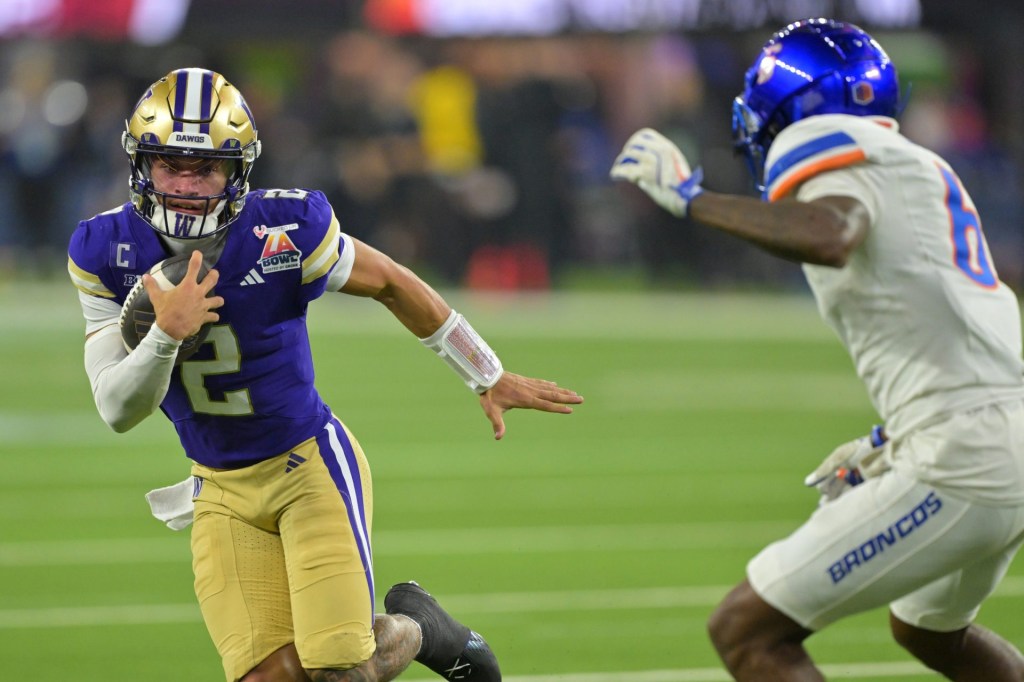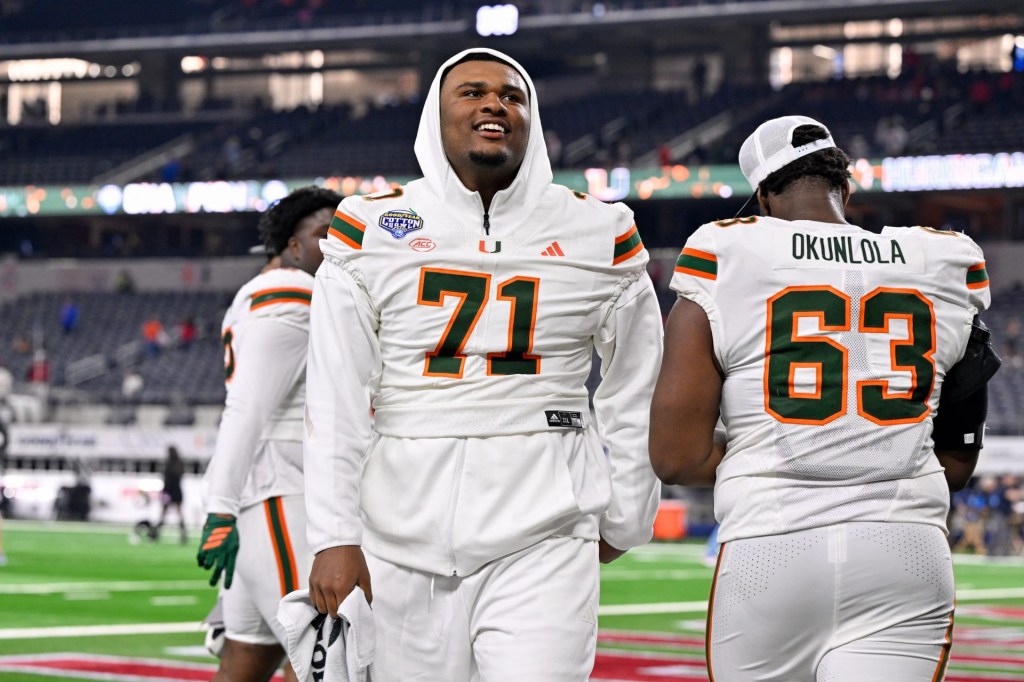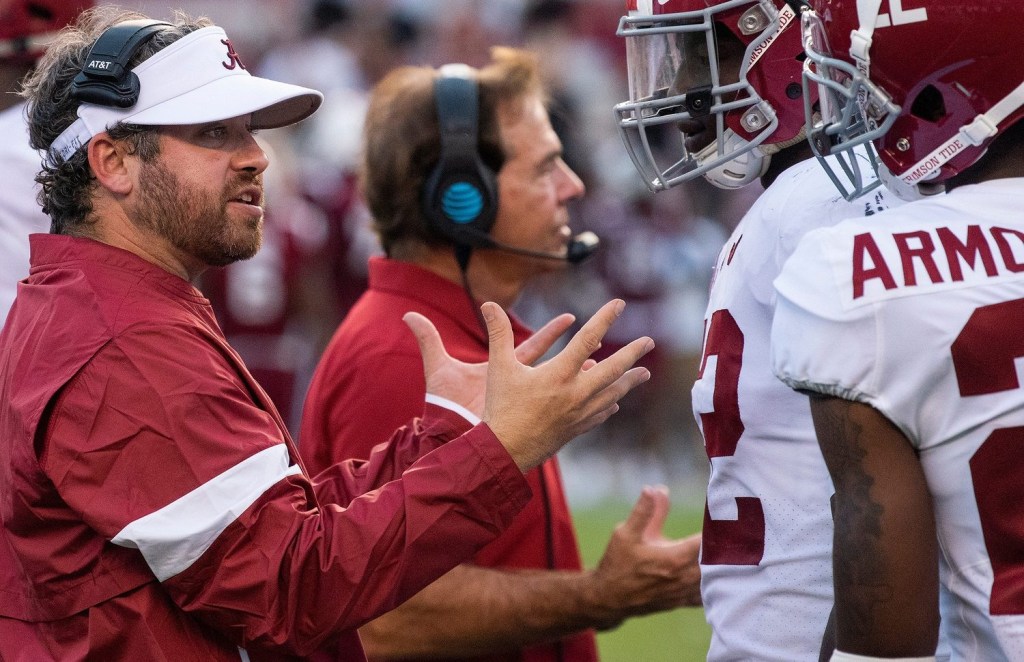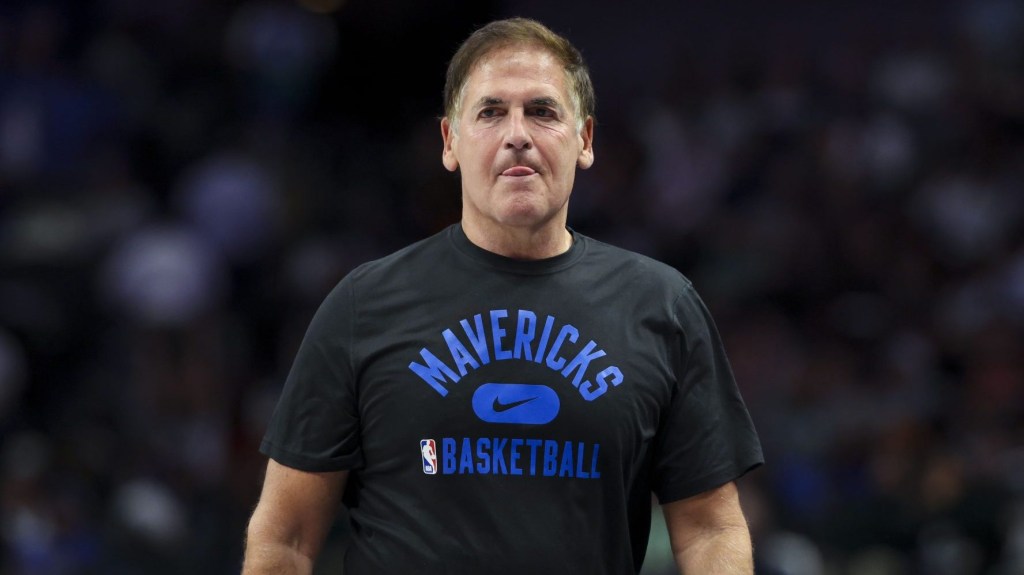The House v. NCAA settlement just got one step closer to final approval.
On Monday, Northern District of California Judge Claudia Wilken granted preliminary approval to the proposed settlement in the House v. NCAA case—a landmark deal that could completely change the athlete compensation landscape.
Starting two weeks from now, the administrators of the settlement will have to start notifying class members of the terms of the deal through multiple means, including written postcards and by setting up a website. Athletes will have until Jan. 31, 2025, to opt out of the terms, or lodge a formal objection. The hearing for final approval, called a “Fairness Hearing,” is currently scheduled for April 7, 2025—the same day as the NCAA Division I men’s basketball title game. If approved, the settlement could take effect as early as the 2025–2026 school year.
The case was first filed in 2020 by a group of Division I athletes arguing that athletes deserved damage payments for not being able to earn NIL (name, image, and likeness) money, and that the definition of NIL should be expanded to include things like broadcast revenue. The NCAA and then–Power 5 conferences were named as defendants.
The settlement, which also includes cases Hubbard v. NCAA and Carter v. NCAA, requires the NCAA and Power 5 conferences to pay $2.8 billion in back damages to athletes who couldn’t earn NIL money before 2021. It also allows schools to share revenue with athletes for the first time in NCAA history—up to a cap that will begin at about $22 million per school per year.
But the settlement also grants new powers to the NCAA to restrict athlete compensation: Athletes would have to submit any NIL deal with a booster or NIL collective over $600 for approval by a third party. If that deal is seen as “pay-for-play” rather than “fair-market value,” the deal could be denied.
The restriction was one of the main issues Judge Wilken raised during a lengthy hearing Sept. 5., which ultimately ended without granting preliminary approval. On Sept. 26, the parties submitted an amended complaint with very few changes. The new settlement proposal did, however, confine the NIL restrictions to booster or NIL collective-led deals; it was originally supposed to be a requirement for all deals. The amended complaint was supplemented by a brief that explained these deals would be prohibited by the NCAA’s rules anyway.
That appears to have been enough for Judge Wilken, but it may not be enough for athletes and a web of advocacy groups. The number of athletes needed to opt out of the settlement to trigger a rejection has been redacted from court documents.
Since the amended complaint was filed, however, one group of athletes—led by the attorneys in the landmark O’Bannon v. NCAA case—has already filed a grievance. An advocacy group called the National College Players Association, led by former former UCLA football player Ramogi Huma who was also heavily involved in O’Bannon, has said it intends to put together another group of objectors. Wilken herself heard the O’Bannon case a decade ago.
For now, however, the settlement’s preliminary approval is a major win for the NCAA and conferences, who hoped to avoid a costly trial in a case where they could end up paying much more than just $2.8 billion in damages. The NCAA, ultimately, hopes Congress will codify a version of the final settlement, and add provisions that will restrict athletes from being deemed employees or win the ability to collectively bargain.

